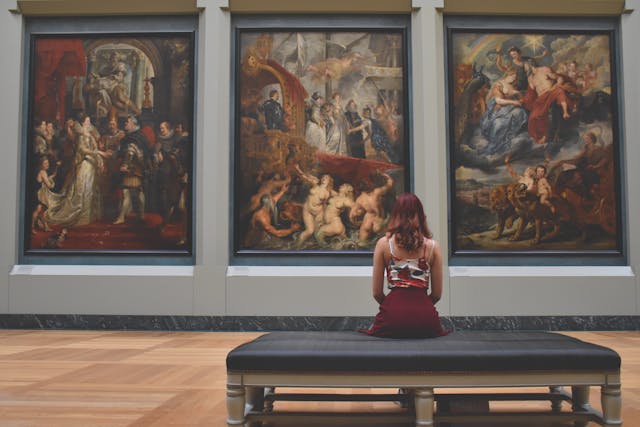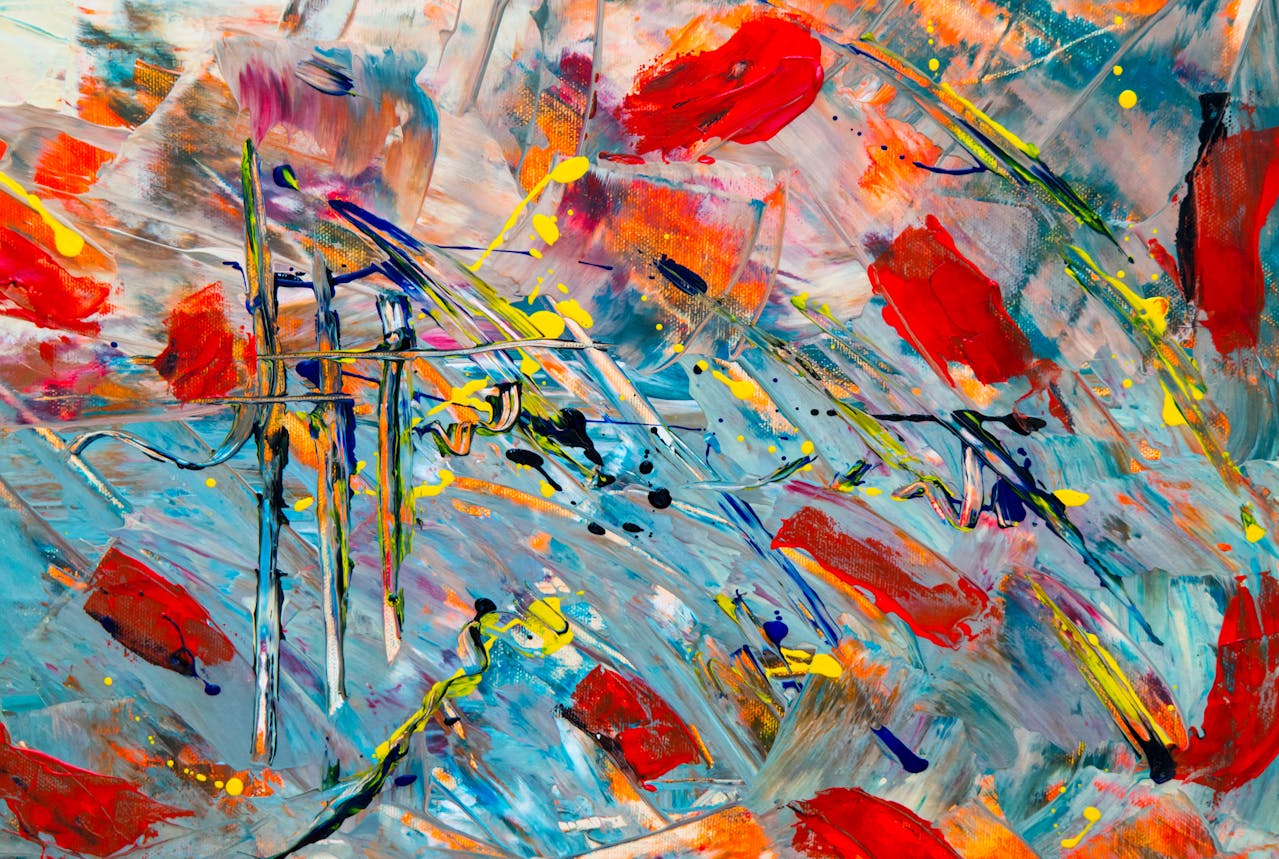How to Recognize a Genuine Contemporary Art Painting (and Avoid the Traps)
Let’s be honest : contemporary art can be both fascinating and intimidating. One day you’re staring at a canvas covered in what looks like random splashes of paint, and the next day you hear it sold at auction for the price of a small apartment in Paris. So how do you know if the painting you’re looking at is truly an authentic piece of contemporary art-or just a clever imitation with a hefty price tag ? That’s the big question.
I’ve fallen into that trap myself. Once, at a small gallery in Berlin, I was convinced I had found a “hidden gem.” The gallerist was persuasive, the story sounded solid… but something felt off. Later, a friend told me the artist’s supposed “international exhibitions” were just small community shows. That’s when I realized : doing a bit of homework saves you from burning your wallet. It’s kind of like finding the right kitchen gear-you want to make sure you’re not paying triple for a gadget that breaks in two weeks. Speaking of that, I once used https://codepromocuisine.com to score serious deals on cookware, and honestly, the logic is the same with art : compare, check, don’t rush.
Check the Provenance
 This is the fancy word for “where does this painting come from ?” A real contemporary artwork usually comes with documents : certificates of authenticity, gallery records, even receipts from previous exhibitions. If the seller can’t provide that, red flag. Imagine buying a vintage guitar without knowing who played it before-sketchy, right ?
This is the fancy word for “where does this painting come from ?” A real contemporary artwork usually comes with documents : certificates of authenticity, gallery records, even receipts from previous exhibitions. If the seller can’t provide that, red flag. Imagine buying a vintage guitar without knowing who played it before-sketchy, right ?
Pay Attention to Materials
Contemporary artists experiment a lot, but they don’t usually paint on cheap canvas you’d find in a bargain store. Touch the surface if you can. Look at the back of the painting : you’ll often see the type of frame, the tension of the canvas, and sometimes even handwritten notes by the artist. Those little details scream “real.”
Look for the Artist’s Presence
A real painting often carries traces of the artist’s process. Uneven brush strokes, layers of paint, tiny imperfections-that’s what makes it alive. If everything looks too “flat,” like it rolled off a printer, maybe it did. Ever seen a print passed off as a painting ? It’s smoother, colder, almost too perfect.
Do Some Quick Research
Thanks to the internet, you can type an artist’s name and see if they actually exist outside of the gallery’s walls. Have they been exhibited ? Mentioned in art magazines ? Even Instagram can give clues. Be wary of names that appear nowhere else-it doesn’t always mean fake, but you should dig deeper.
Trust Your Gut (But Confirm It)
 Honestly, sometimes your instinct tells you something’s wrong. The story doesn’t add up, the seller is pushy, or the price is “too good to be true.” Listen to that feeling, but don’t rely on it alone. Pair intuition with facts, and you’ll avoid most traps.
Honestly, sometimes your instinct tells you something’s wrong. The story doesn’t add up, the seller is pushy, or the price is “too good to be true.” Listen to that feeling, but don’t rely on it alone. Pair intuition with facts, and you’ll avoid most traps.
Final Thought
Collecting contemporary art isn’t just about money-it’s about connection. When you stand in front of a genuine painting, you feel the intention, the energy, the risk the artist took. And that’s priceless. But still, let’s not be naïve : the art world is full of smoke and mirrors. Stay curious, double-check, ask questions. After all, recognizing a real painting is a skill you build over time-like learning to cook a perfect risotto or finding your favorite jazz album. The more you dive in, the better you get.

